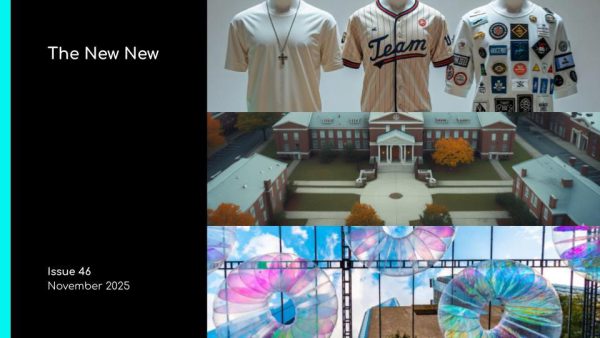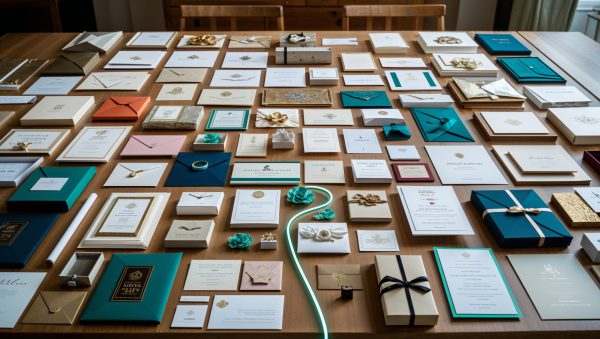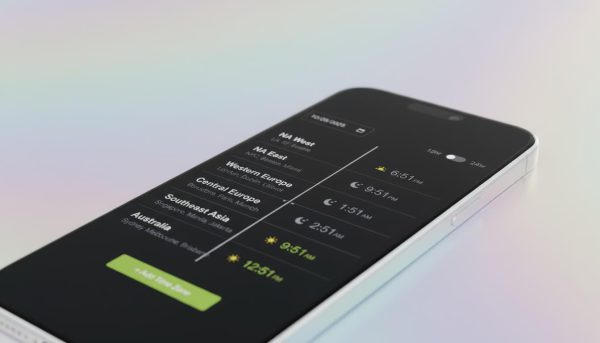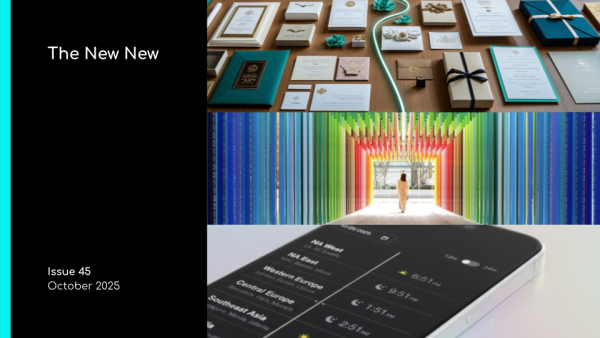Why engage with your eyes, when you can engage with your brain?

It’s a marketer’s dream to know exactly what’s happening inside the consumer mind, and whether an experience they’re having is impacting them at a neurological level. Thanks to the emergence of biometrics and “brainwear” technologies, marketers are getting one step closer to harnessing this data.
Helping catapult brainwear into the mainstream last month, Oreo teamed up with Shaquille O’Neil and Muse brain-sending headband at New York’s Chelsea Market (the site of the original Nabisco bakery where Oreo came from). The basketball star and Oreo enthusiasts sat across from each other wearing Muse. Above them, a suspended Oreo cookie hung from a mechanical arm four feet above a glass of milk, connected to the headpiece that sensed “relaxed, alpha brain-wave patterns.” Just by thinking about dunking the cookies, the arm’s motor would read their minds and descend the cookie halfway into the glass of milk—thus perfecting the hands-free dunk, in a gamified experience.
A Russian airliner S7 gamified the brainwear experience, too, by equipping consumers with an EEG-brainwave headset for an instillation at Moscow’s Afimall City Mall. Biosensors monitored their focus as they were challenged to fly a virtual plane across a six-foot projection-mapped globe. They had 45 seconds to choose a hotspot, and if they successfully made it to a destination (without getting distracted and veering off course) they won roundtrip tickets to it.
Brainwear is also leading to more customized and personalized experiences. Acura at Sundance Film Festival this year teamed up with brainwear maker Emotiv for a driving experience that measured the brain waves of participants and personalized the route with landscapes, colors, speed and music on the drive simulation (on a big screen, before their eyes). No two driving experiences were the same. IBM used brainwear for its “cognitive”-themed pop-up experience at SXSW 2016, leveraging a toy BB‑8 Droid and Emotiv brainwear that consumers could move using their minds. It was all designed to mimic The Force from “Star Wars.” At Adobe MAX, Emotiv activated a creative station that recorded attendee brainwaves as they doodled, giving an inside look at the creative process.
Coming down the pike are innovations that can actually alter moods. Like Thync, a module that attaches to your forehead and uses a “proprietary neuro-stimulation programs that safely stimulate nerves on your head and neck to energize or relax you.” Imagine how this could transform a general session—whether its taming an unruly crowd or energizing a snoozing one.
Step aside eye candy… marketers have their sights set on brain candy.






